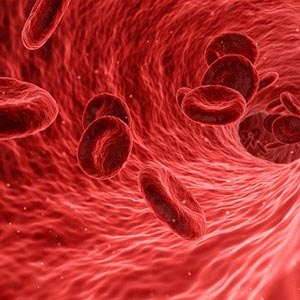 Smart Citations
Smart CitationsSee how this article has been cited at scite.ai
scite shows how a scientific paper has been cited by providing the context of the citation, a classification describing whether it supports, mentions, or contrasts the cited claim, and a label indicating in which section the citation was made.
Coagulation markers in patients with coronary artery disease
Coronary Artery Disease (CAD) is a major public health problem all over the world, and although diagnostic and treatment approaches are improving, the majority of individuals who suffer CAD will not survive. Therefore, it is a clinical demand to find out new biomarkers for identification of CAD in the earlier stage. The purpose of this study was to determine whether qualitative and quantitative alterations of plasma Soluble Fibrin Monomer Complexes (SFMCs) are associated with cardiovascular events. Additionally, some other well-known biomarkers of hypercoagulation state, such as fibrinogen, and prothrombin were analyzed in plasma of patients with different coronary artery pathologies. We found that plasma SFMC concentrations were remarkably increased in all tested CAD groups. Moreover, the development of CAD was accompanied by the changes in both quantity and quality of SFMC composition compared to that of healthy subjects. Our results also demonstrated the elevated level of high molecular weight Vitamin K-Dependent Protein (VKDP) complexes in plasma of CAD patients, which could be used as a potential biomarker of hypercoagulation state. More studies are clearly needed to investigate whether SFMCs or abnormal forms of VKDPs affect cardiovascular events under CAD development and progression.
How to Cite
PAGEPress has chosen to apply the Creative Commons Attribution NonCommercial 4.0 International License (CC BY-NC 4.0) to all manuscripts to be published.

 https://doi.org/10.4081/jbr.2022.10259
https://doi.org/10.4081/jbr.2022.10259




